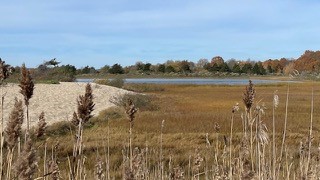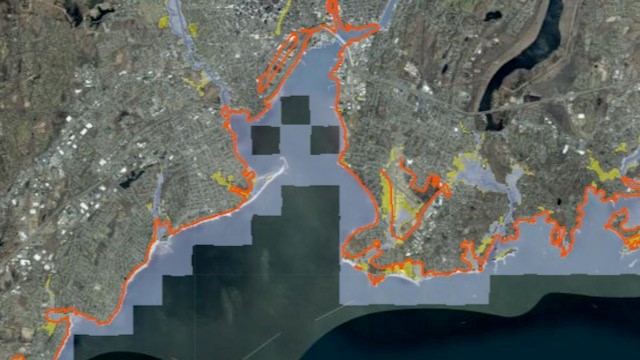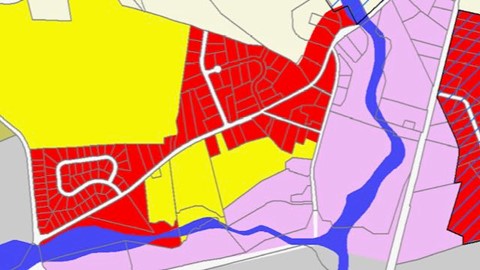Towns in Connecticut are authorized by the state government to regulate how land can be used through zoning under C.G.S. §§ 8-2 to 13a. Each town’s legislative body can adopt the provisions in the statute detailing the powers of a zoning commission, make up, and the extent of the zoning commission’s authority. Guided by planning and development staff, and consistent with the town Plan of Conservation and Development, zoning commissions pass regulations to describe what uses land can be put to and in what areas, with the intent to protect the health and safety of all. As climate change threatens people and the environment, municipalities can implement strategic land use planning and zoning regulations to improve local climate adaptation and resilience and direct development away from vulnerable areas.
Regulations can be targeted to protect natural buffering features and green infrastructure, incentivize development density in specific areas, and specify resilient design to reduce impacts of storms, sea level rise, and increasing heat.
As the changing climate increases vulnerability and intensifies risk, zoning commissions should be aware of state, regional, and local hazard mitigation plans and localized vulnerability assessments when determining land uses. Policies like transportation-oriented development can help climate change mitigation by reducing transportation needs (and thus fossil fuel use) while furthering housing and development goals. Adaptation polices can avoid sprawl and site development away from climate-vulnerable areas like flood zones. By evaluating current and future climate vulnerability, development can be sited in appropriate, low hazard areas, and be designed and built to standards to withstand predicted climate risks.
Zoning regulation can also be used to meet overlapping municipal priorities, like increasing affordable housing options while minimizing hazard risk. For example, reducing minimum lot size in certain zones can help concentrate density in less climate risky places while increasing affordability for lower income property buyers. Affordable housing options can be integrated into projects that also meet resilient design criteria helping municipalities avoid climate risk and meet obligations under C.G.S. 8-30g's affordable housing land use appeals procedure.
Climate Resilient Zoning For Municipal Land Use Commissioners Training
In 2021, the Connecticut legislature passed Public Act 21-29 which included a requirement for land use boards to attend four hours of training every two years starting in 2023. CIRCA has created three online training modules on zoning policies that can be adopted to increase municipal climate resilience and together will fulfill one hour of the training requirement. The modules can be accessed below.
If a commission would like to have a live, online or in-person presentation of these materials, please contact circa@uconn.edu.
Zoning Fact Sheets
Examples of zoning policies municipalities could modify and/or adopt to enhance local climate resilience are linked in the adjacent boxes. Where applicable, model ordinances and examples of where the policies have been adopted are included. Check back as more fact sheets will be added soon.





